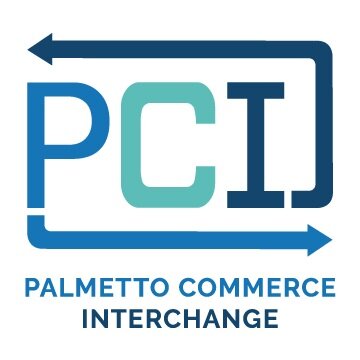Draft Environmental Assessment (EA)
The Draft Environmental Assessment (EA) linked below was produced under FHWA NEPA guidelines to determine how the Palmetto Commerce Interchange impacts the environment and the community. The study evaluated several interchange alternatives, and based on the NEPA guidelines, a preferred alternative was selected. Once approved by the FHWA, the Draft EA is presented to the community to review for 30 days. The official comment period closes on July 15, submit your comments here.
Draft Environmental Assessment (EA) Appendices
Public comments will be accepted through July 15. All comments received by this date will be responded to directly.
Download a comment card to bring with you to the Public Hearing or submit written comments to Charleston County:
Transportation Development
Mr. Richard Turner, PE
PCI Project Manager
4045 Bridge View Drive, Suite C204
North Charleston, SC 29405
Public Meetings and Hearings
June 2019 Public Hearing - NEW!
June 27, 2019
5:30-7:30 p.m.
Northside Baptist Church
7800 Northside Drive
North Charleston, 29420
Join Charleston County on Thursday, June 27, for a Public Hearing regarding the Palmetto Commerce Interchange Project (PCI). The hearing begins at 5:30 p.m. and the project team members will be on hand throughout the evening to answer questions. A formal presentation will begin at 6:30 p.m. followed by an opportunity for the public to make verbal comments. If you would like to make a verbal comment, please sign-up by 6:15 p.m. Speakers are allowed two minutes to address the project team and attendees.
February 2019 Neighborhood Meeting
November 2017 Neighborhood Meeting
September 2014 Public Information Meeting Presentation
Reasonable Alternative Concepts
In accordance with the National Environmental Policy Act (NEPA), Charleston County focused on minimizing social, economic, and environmental impacts and reaching national, state, and local environmental protection goals, while providing safe and efficient transportation. Thorough traffic analysis and public feedback helped narrow eight possible alternatives down to three reasonable ones. The three remaining reasonable alternatives continued through the NEPA process, where the Project Team studied their impacts to wetlands, streams, existing communities, protected species, noise, traffic, cost, and more for each option.



